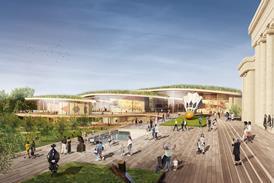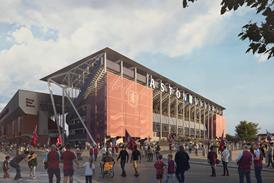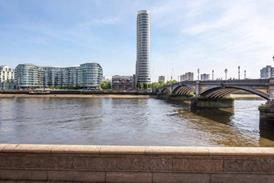- Home
- Intelligence for Architects
- Subscribe
- Jobs
- Events

2025 events calendar Explore now 
Keep up to date
Find out more
- Programmes
- CPD
- More from navigation items
The spatial dimension of Brexit

The old divisions based on income and class no longer tell us a huge amount about people’s attitudes and optimism, writes David Rudlin
Back in 2016 the Academy of Urbanism’s London conference took place in London a week before the EU referendum. The talk was of little else given the narrowing polls and the dawning realisation that the leave campaign might win. The delegates were mystified, there wasn’t one amongst us who intended to vote leave (at least none who would admit to it). We were I’m afraid typical of the metropolitan elite, but as urbanists we also needed to share part of the blame.
My practice Urbed was formed in 1976 in a run down and largely vacant part of London. The founding director Nicholas Falk had recently penned a Fabian Pamphlet with Haris Martinos called Inner City: local government and economic renewal.
…
This content is available to registered users | Already registered?Login here
You are not currently logged in.
To continue reading this story, sign up for free guest access
Existing Subscriber? LOGIN
REGISTER for free access on selected stories and sign up for email alerts. You get:
- Up to the minute architecture news from around the UK
- Breaking, daily and weekly e-newsletters
Subscribe to Building Design and you will benefit from:

- Unlimited news
- Reviews of the latest buildings from all corners of the world
- Technical studies
- Full access to all our online archives
- PLUS you will receive a digital copy of WA100 worth over £45
Subscribe now for unlimited access.






